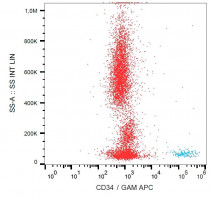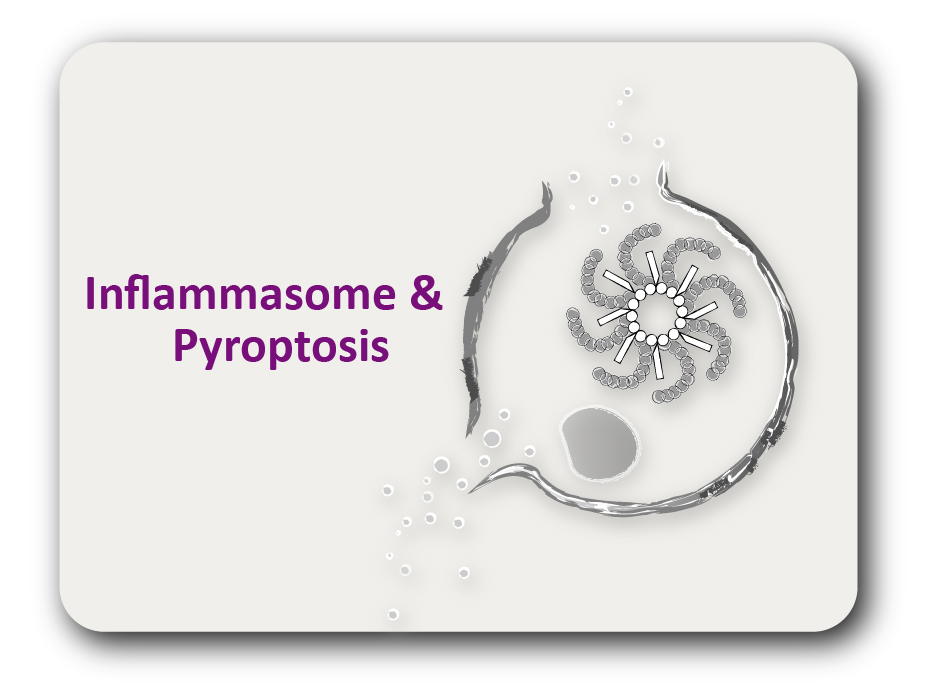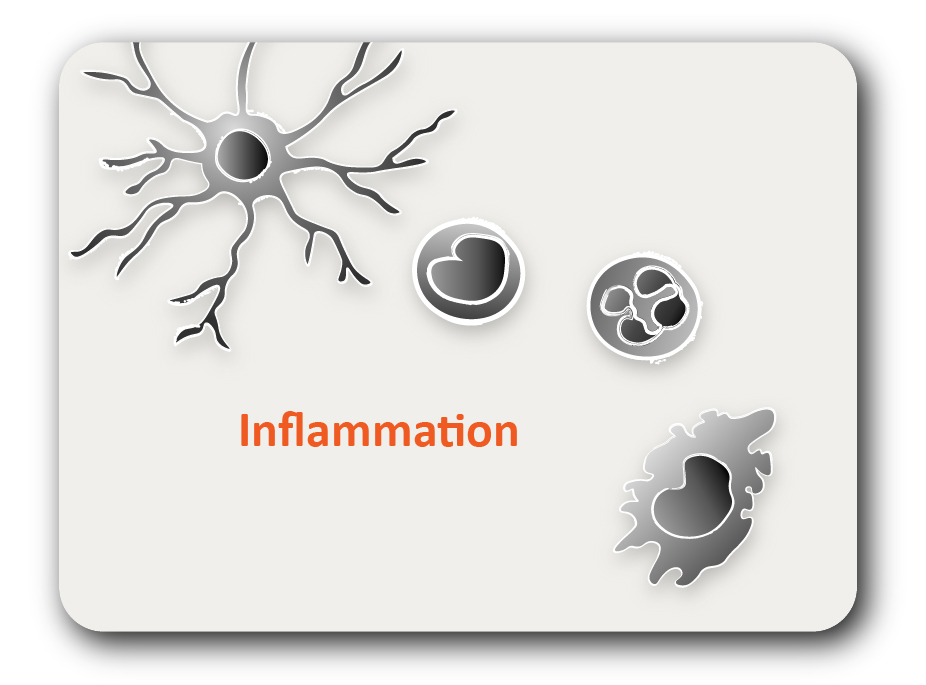ARG65528
anti-CD34 antibody [QBEND/10] (azide free)
anti-CD34 antibody [QBEND/10] (azide free) for Flow cytometry,Functional study,IHC-Frozen sections,IHC-Formalin-fixed paraffin-embedded sections,Immunoprecipitation,Western blot and Human,Mouse,Primates,Rabbit
Cancer antibody; Cell Biology and Cellular Response antibody; Controls and Markers antibody; Developmental Biology antibody; Immune System antibody; Neuroscience antibody; Pro-B Cell Marker antibody; Endothelial Cell Marker antibody; Angiogenesis Study antibody
概述
| 产品描述 | Azide free Mouse Monoclonal antibody [QBEND/10] recognizes CD34 (Endothelial Cell Marker) |
|---|---|
| 反应物种 | Hu, Ms, NHuPrm, Rb |
| 不反应物种 | Rat, Bov, Dog, Sheep |
| 应用 | FACS, FuncSt, IHC-Fr, IHC-P, IP, WB |
| 特异性 | The antibody recognizes the CD34 antigen, some cross reactions with vascular associated adventitia and some basement membranes. Clone QBEND/10 immunoprecipitates a glycoprotein with a relative MW 110kD expressed on haematopoietic cells and on the established myeloid leukaemic cell line KG1A. The clone QBEND/10 recognises the Class II epitope on CD34. |
| 宿主 | Mouse |
| 克隆 | Monoclonal |
| 克隆号 | QBEND/10 |
| 同位型 | IgG1, kappa |
| 靶点名称 | CD34 |
| 抗原物种 | Human |
| 抗原 | Human endothelial vesicles |
| 偶联标记 | Un-conjugated |
| 別名 | Hematopoietic progenitor cell antigen CD34; CD antigen CD34 |
应用说明
| 应用建议 |
|
||||||||||||||
|---|---|---|---|---|---|---|---|---|---|---|---|---|---|---|---|
| 应用说明 | Functional Application: The antibody QBEnd-10 induces homotypic adhesion of leukemic cell line. * The dilutions indicate recommended starting dilutions and the optimal dilutions or concentrations should be determined by the scientist. |
属性
| 形式 | Liquid |
|---|---|
| 纯化 | Purification with Protein A. |
| 纯化说明 | 0.2 µm filter sterilized. |
| 纯度 | > 95% (by SDS-PAGE) |
| 缓冲液 | PBS (pH 7.4) |
| 浓度 | 1 mg/ml |
| 存放说明 | For continuous use, store undiluted antibody at 2-8°C for up to a week. For long-term storage, aliquot and store at -20°C or below. Storage in frost free freezers is not recommended. Avoid repeated freeze/thaw cycles. Suggest spin the vial prior to opening. The antibody solution should be gently mixed before use. |
| 注意事项 | For laboratory research only, not for drug, diagnostic or other use. |
生物信息
| 数据库连接 |
Swiss-port # P28906 Human Hematopoietic progenitor cell antigen CD34 Swiss-port # Q64314 Mouse Hematopoietic progenitor cell antigen CD34 |
|---|---|
| 基因名称 | CD34 |
| 全名 | CD34 molecule |
| 背景介绍 | CD34 protein may play a role in the attachment of stem cells to the bone marrow extracellular matrix or to stromal cells. This single-pass membrane protein is highly glycosylated and phosphorylated by protein kinase C. Two transcript variants encoding different isoforms have been found for this gene. [provided by RefSeq, Aug 2011] |
| 生物功能 | CD34 is a possible adhesion molecule with a role in early hematopoiesis by mediating the attachment of stem cells to the bone marrow extracellular matrix or directly to stromal cells. Could act as a scaffold for the attachment of lineage specific glycans, allowing stem cells to bind to lectins expressed by stromal cells or other marrow components. Presents carbohydrate ligands to selectins. [UniProt] |
| 研究领域 | Cancer antibody; Cell Biology and Cellular Response antibody; Controls and Markers antibody; Developmental Biology antibody; Immune System antibody; Neuroscience antibody; Pro-B Cell Marker antibody; Endothelial Cell Marker antibody; Angiogenesis Study antibody |
| 预测分子量 | 41 kDa |
| 翻译后修饰 | Highly glycosylated. Phosphorylated on serine residues by PKC. |
检测图片 (1) Click the Picture to Zoom In
克隆号文献








